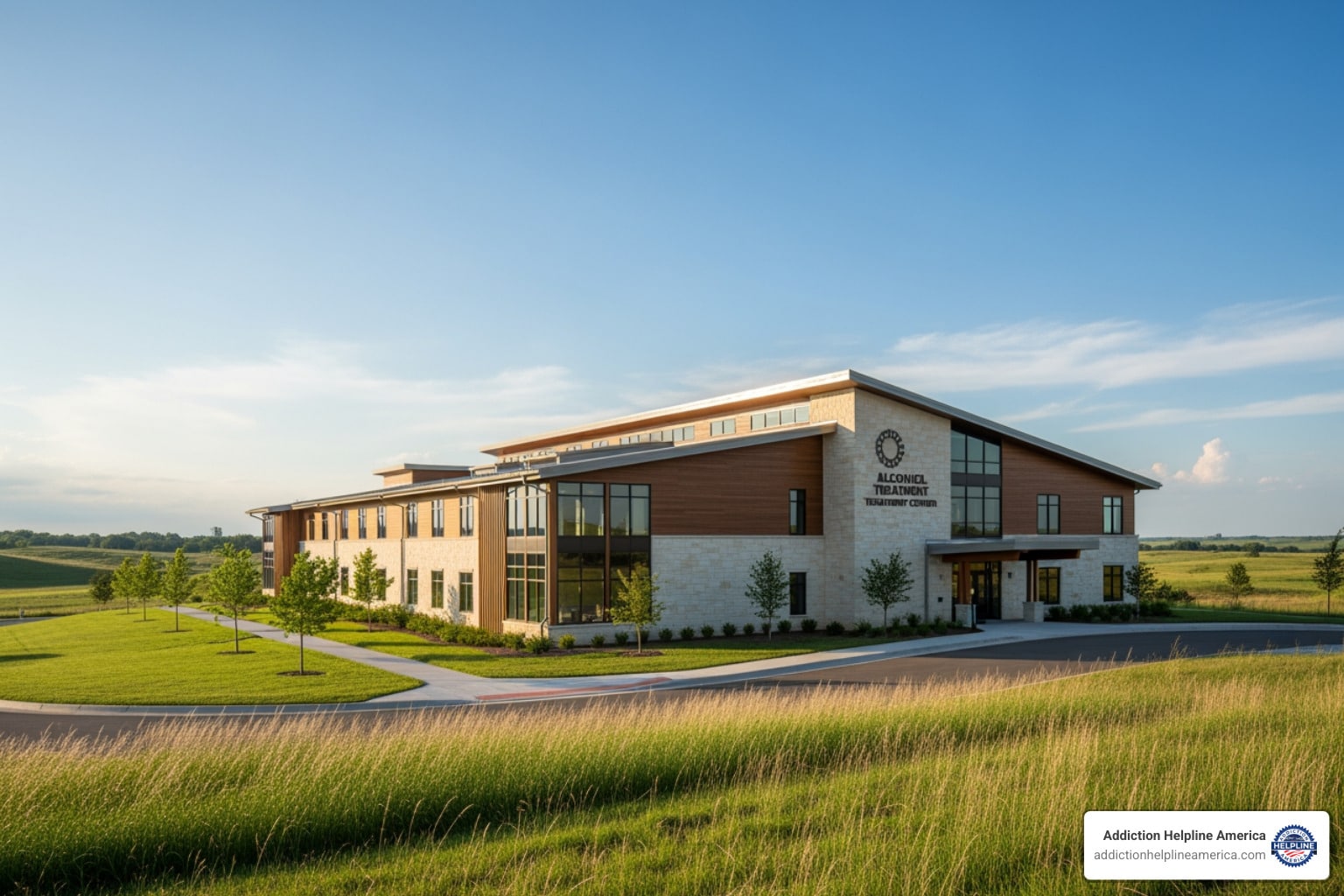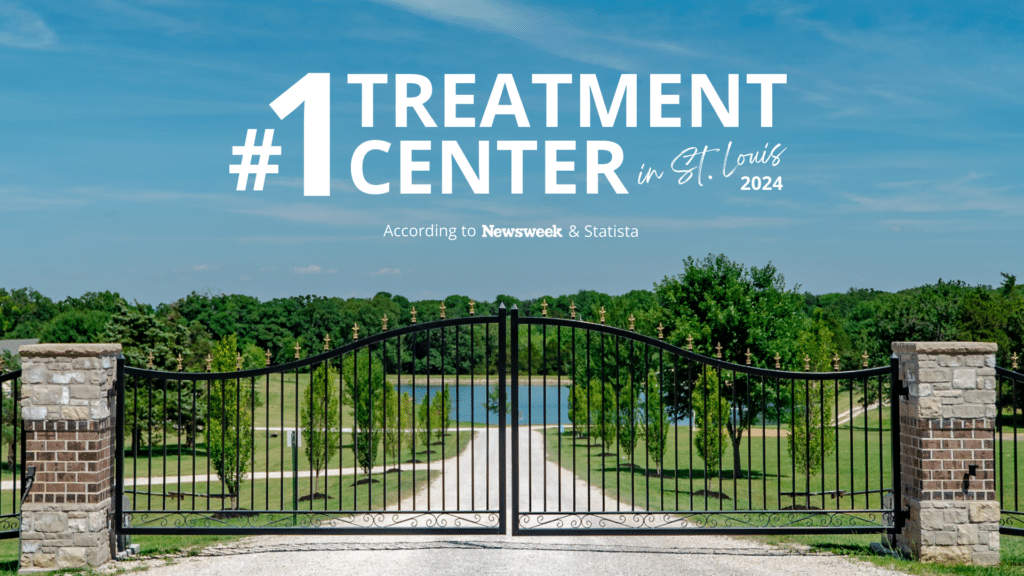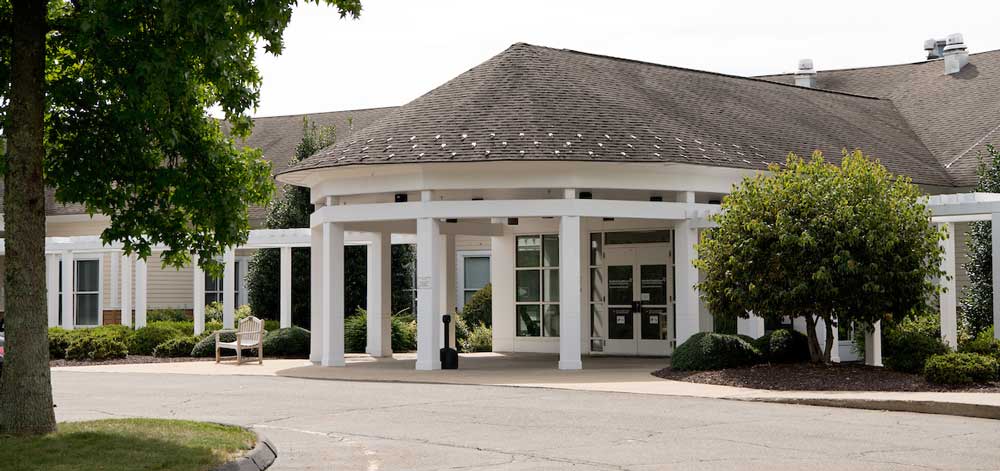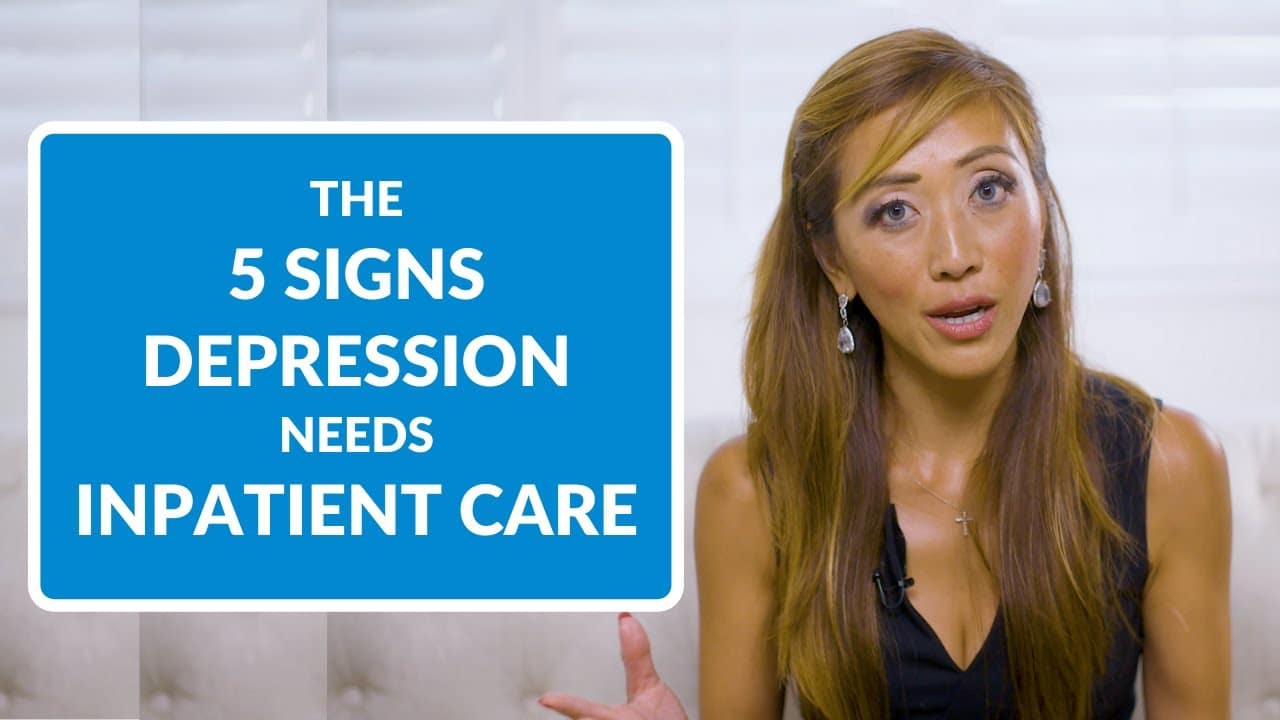
Understanding Your Options for Intensive Depression Care
Inpatient programs for depression are residential treatment facilities where individuals live full-time while receiving intensive, around-the-clock psychiatric care for severe depression symptoms. These programs are designed for acute stabilization, typically lasting 5-14 days, and provide a comprehensive support system to help individuals steer a mental health crisis.
Key components of these programs include:
- 24/7 medical and psychiatric supervision: This ensures immediate safety and crisis intervention. Unlike outpatient care, there is always a medical professional on hand to respond to emergencies, manage severe symptoms, and provide support during moments of intense distress.
- Structured daily schedules: A predictable routine helps restore a sense of order and purpose when depression has created chaos. Days are filled with a therapeutic regimen including individual therapy, group sessions, educational workshops, and time for personal reflection, removing the burden of decision-making.
- Multidisciplinary treatment teams: Recovery is a team effort. Your care team will include psychiatrists who manage medication, licensed therapists who provide psychotherapy, nurses who monitor physical health, and social workers who assist with discharge planning and connecting you to community resources.
- A safe and controlled environment: For individuals at risk of self-harm or who are unable to function in their daily lives, a secure facility removes access to potential dangers and external stressors, allowing them to focus entirely on healing.
- Treatment for co-occurring disorders: Depression rarely exists in a vacuum. Many individuals also struggle with conditions like substance use disorders, anxiety, or trauma. Inpatient programs are equipped to diagnose and treat these co-occurring issues simultaneously, which is critical for long-term recovery.
Depression is more than just sadness; it’s a debilitating medical condition that affects more than 300 million people worldwide and is the leading cause of disability globally. When symptoms become severe—when someone poses a threat to themselves or others, when outpatient treatment hasn’t been effective, or when basic self-care like eating and sleeping becomes impossible—inpatient care offers the most intensive level of support available.
Inpatient treatment isn’t the only option. Mental healthcare exists on a continuum, and understanding the different levels can help you make an informed decision. Inpatient programs serve as a critical first step for crisis stabilization, helping individuals reach a point where they can safely transition to less intensive care, such as:
- Partial Hospitalization Programs (PHP): A step-down from inpatient care, where individuals attend treatment for several hours a day, 5-7 days a week, but return home at night.
- Intensive Outpatient Programs (IOP): A less intensive option than PHP, involving a few hours of therapy for a few days a week, allowing individuals to maintain work or school commitments.
- Outpatient Therapy: The most common form of care, typically involving weekly one-hour sessions with a therapist or psychiatrist.
Recovery from severe depression is possible. The right treatment environment, combined with evidence-based therapies and expert medication management, can help individuals regain stability, hope, and a path forward.
At Addiction Helpline America, our team of compassionate specialists and mental health professionals has connected thousands of individuals with appropriate inpatient programs for depression and other treatment resources nationwide. We understand the urgency and fear families feel when a loved one is in crisis. We’re here to provide free, confidential guidance 24/7 to help you steer your options and find the right care.
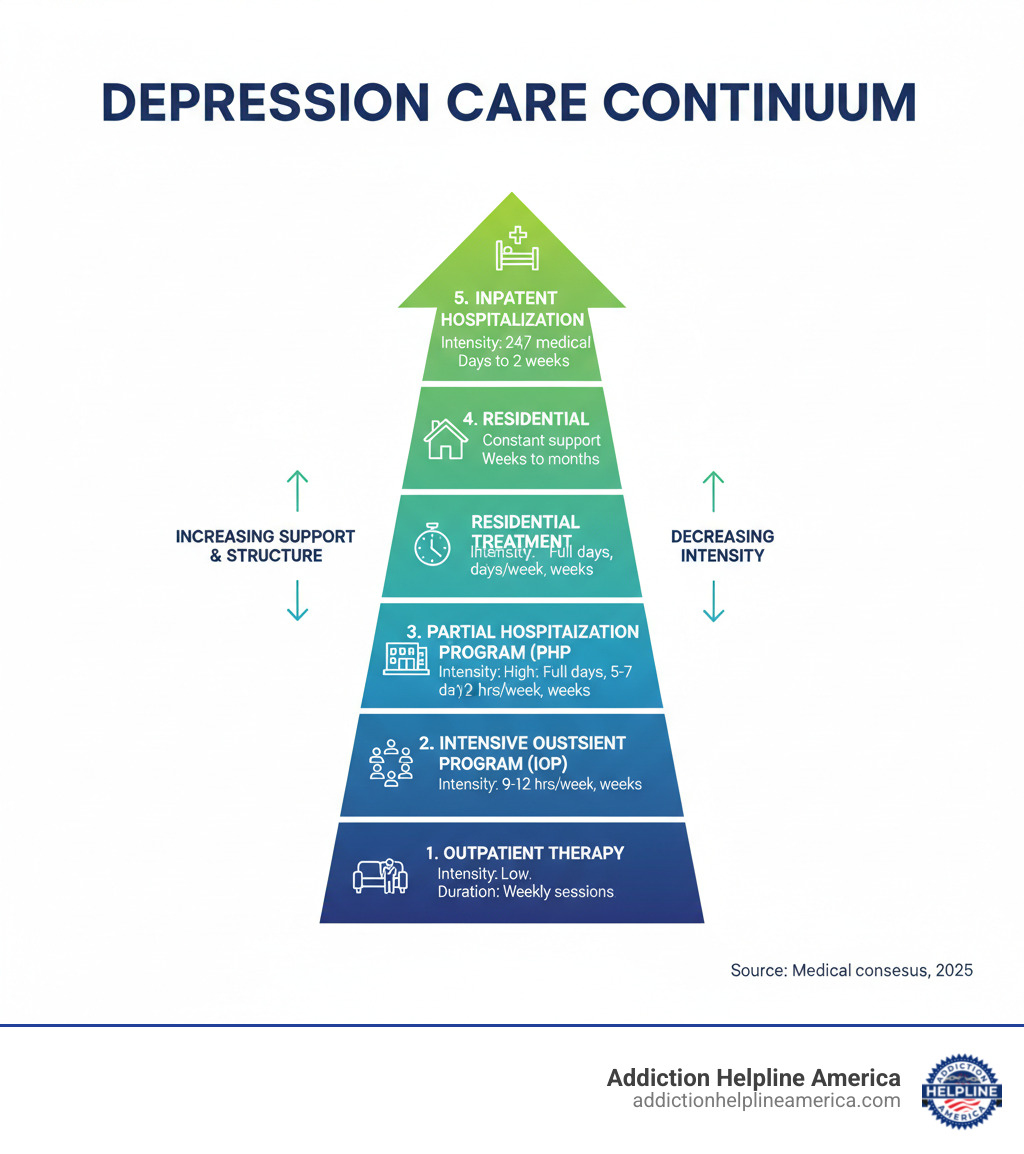
Inpatient programs for depression basics:
Understanding When Inpatient Care Is Necessary
Choosing inpatient programs for depression is a significant decision—one that’s typically reserved for moments when someone’s safety or ability to function has become seriously compromised. This is the most intensive form of depression treatment available, designed specifically for people experiencing severe symptoms who need constant support and a highly structured environment to stabilize and begin the recovery process.
So how do you know when inpatient care is the right choice? It usually comes down to a few critical factors: crisis stabilization needs, risk of harm to self or others, severe functional impairment, and the failure of less intensive outpatient treatment approaches. When depression becomes so overwhelming that getting out of bed feels like an impossible task, when personal hygiene is neglected, or when intrusive thoughts of self-harm become persistent, inpatient treatment provides the necessary safety net and intensive support to steer the crisis.
Let’s look at how inpatient treatment compares to other options:
| Feature | Inpatient Treatment (Residential) | Outpatient Treatment |
|---|---|---|
| Setting | 24/7 residential facility with round-the-clock care | Weekly or bi-weekly appointments at clinic or office |
| Duration | Typically 5-14 days for acute stabilization | Ongoing, can last months or years |
| Intensity | Multiple therapy sessions daily, constant medical supervision | 1-2 hours per week of therapy |
| Best for | Crisis situations, severe symptoms, safety concerns | Mild to moderate depression, stable individuals |
| Structure | Highly structured daily schedule, no outside responsibilities | Flexible, fits around work and daily life |
| Cost | Higher (often $5,000-$20,000+ per stay) | Lower (typically $100-250 per session) |
| Supervision | Psychiatrists, nurses, therapists on-site 24/7 | Periodic check-ins with therapist or psychiatrist |
The primary advantage of inpatient care is that it removes you from daily triggers and stressors, allowing you to focus solely on your health. It combines intensive therapy and expert medication stabilization in a safe, supportive setting. You are not alone in your struggle; a key component is the access to peer support from others who genuinely understand what you’re going through, which helps combat the profound isolation that often accompanies severe depression.
Criteria for Admission
Admission to an inpatient program begins with a comprehensive psychiatric evaluation. This assessment, conducted by a mental health professional, determines if this level of care is medically necessary. The evaluation involves a detailed clinical interview about your symptoms, a review of your mental and physical health history, an assessment of your current risk factors, and often a discussion with family members (with your permission). Most facilities require a formal diagnosis of Major Depressive Disorder or another serious mood disorder, such as Bipolar Disorder with a depressive episode.
The most common reasons for admission to inpatient programs for depression include:
- Suicidal ideation or attempts: Active thoughts, plans, or attempts to end one’s life.
- Psychosis: Experiencing symptoms like hallucinations or delusions, which can sometimes accompany severe depression.
- Inability to perform self-care: A profound loss of functioning where an individual cannot manage basic needs like eating, bathing, or taking prescribed medications correctly.
- Treatment-resistant depression: When multiple attempts at outpatient treatment, including different therapies and medications, have failed to provide significant relief.
According to the National Institute of Mental Health, conditions like persistent depressive disorder (chronic depression) can also warrant inpatient care, especially when symptoms worsen significantly or when an individual’s ability to function deteriorates over time despite ongoing outpatient support.
Benefits and Drawbacks of Inpatient Treatment
Like any major medical decision, choosing inpatient treatment comes with both significant advantages and real challenges to consider.
The benefits are clear and powerful. First and foremost is safety; you are in a monitored, secure environment where staff can intervene immediately in a crisis. The intensive therapy—including individual, group, and family sessions—accelerates learning of coping skills and processing of underlying issues. You’ll experience profound peer support, which reduces shame and isolation by connecting you with others on a similar journey. Being removed from triggers at home or work provides the mental space needed to heal. Finally, medication stabilization happens much more quickly and safely when a psychiatrist can monitor your response daily and make immediate adjustments.
However, the drawbacks must also be acknowledged. The cost is often the most significant barrier, though many insurance plans cover a portion of the stay, and facilities often have financial counselors to help. There’s also the time away from life—taking leave from your job, family, and other responsibilities—which can be a source of stress. Some people still worry about the stigma associated with inpatient mental health treatment, though societal attitudes are thankfully and rapidly improving. Lastly, the transition back to daily life can be jarring. A successful inpatient stay must be followed by a robust aftercare plan to maintain the progress you’ve made.
For many people in crisis, the benefits of short-term stabilization far outweigh these drawbacks. Inpatient care is not a permanent fix but a powerful intervention to get you stable and safe, allowing you to continue your recovery journey in a less intensive setting. Think of it as hitting the reset button when depression has knocked you too far off course.
If you’re wondering whether inpatient treatment might be right for you or someone you love, our team at Addiction Helpline America can help you explore your options. We provide confidential guidance to help you find appropriate care—no pressure, just support. You can learn more about related treatment options through our guides on inpatient rehab programs, long-term inpatient care, and 30-day inpatient programs.
Our helpline is 100%
free & confidential
If you or someone you care about is struggling with drug or alcohol addiction, we can help you explore your recovery options. Don’t face this challenge alone—seek support from us.
Programs
Resources
Will my insurance
cover addiction
treatment?
We're ready to help
Find the best
drug or alcohol treatment
center
Are you or a loved one struggling with addiction? Call today to speak to a treatment expert.


